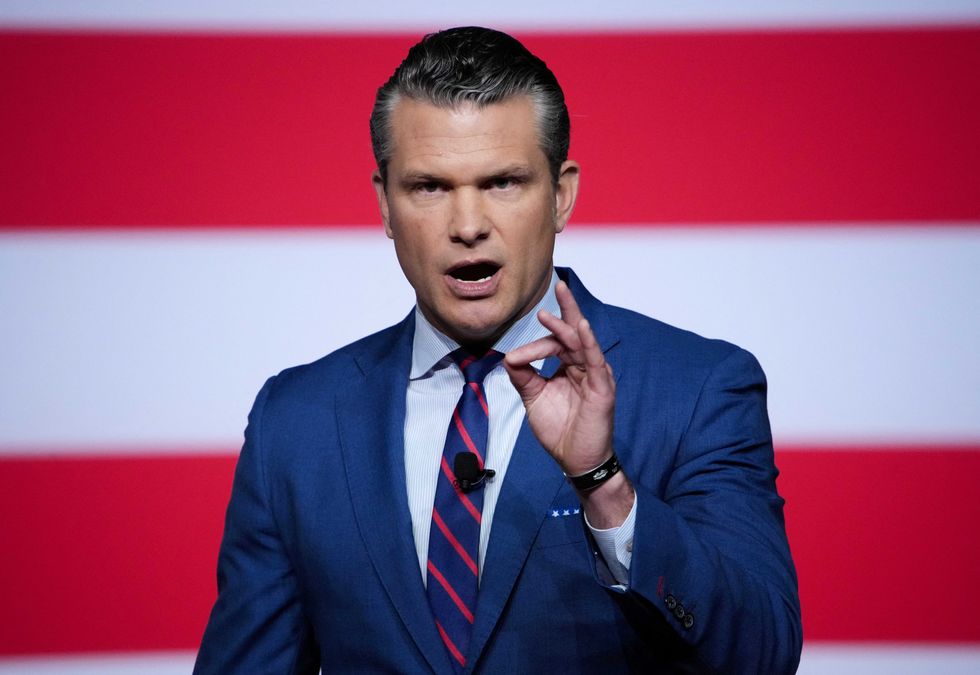Secretary of Defense Pete Hegseth delivered a controversial address at a military base in Quantico, Virginia, on September 30, 2025, where he announced plans to reshape the culture of the United States military. Hegseth outlined ten new directives aimed at eliminating what he described as “woke garbage” and restoring a “warrior ethos” within the ranks. This ethos, characterized by combativeness and toughness, has become integral to Hegseth’s political identity, as articulated in his 2024 book, The War on Warriors.
During his speech, Hegseth criticized the inclusion of women in combat roles, claiming it had weakened the military’s effectiveness. He emphasized that physical fitness and appearance were vital, stating, “It’s completely unacceptable to see fat generals and admirals in the halls of the Pentagon.” His remarks also targeted grooming standards, declaring, “No more beardos,” signaling an end to relaxed shaving regulations.
As a historian of George Washington, the first commander of the Continental Army, I reflect on how Washington would have responded to Hegseth’s vision. While he might have agreed with some aspects, there are significant differences in their interpretations of military leadership.
Washington’s Perspective on Physicality and Grooming
Washington’s military leadership style did not prioritize physical appearance in the same way Hegseth does. Many capable officers in Washington’s time, like General Henry Knox, were notably overweight. Knox, who weighed around 280 pounds, was described by French officer Marquis de Chastellux as “very fat, but very active, and of a gay and amiable character.” Washington entrusted Knox with critical responsibilities, including commanding artillery and designing fortifications. After the Revolutionary War, Washington appointed Knox as the first Secretary of War, a testament to his enduring confidence in Knox’s capabilities.
When it comes to grooming, Washington had his own views, albeit from a different perspective. He disapproved of facial hair, believing it made individuals appear unkempt and slovenly. Washington insisted that soldiers maintain a neat appearance, requiring them to have “his beard shaved — hair combed — face washed — and cloaths put on in the best manner in his power.” For him, a soldier’s outward appearance reflected inner discipline and self-command.
The Moral Foundation of Leadership
Washington’s concept of a military leader emphasized qualities of modesty and self-awareness. He viewed soldiering as an exercise in discipline, patience, and composure rather than a pursuit driven by reckless bravery. Washington articulated that a soldier’s first victory should be over their own impulses, emphasizing prudence over bravado.
In a letter from March 1778, he praised Marquis de Lafayette for renouncing a reckless venture into Canada, highlighting the value of caution compared to juvenile bravado. For Washington, true valor was rooted in foresight and discipline, not merely in physical feats of strength or aggression.
Ultimately, Washington’s vision of military leadership diverged sharply from that of Hegseth. He believed military power should be exercised with moral constraints and a commitment to public accountability. Washington’s legacy as a “republican general” hinged on the idea that authority comes from composure and restraint rather than loud displays of dominance.
As the debate over military culture continues, the contrast between Hegseth’s “warrior ethos” and Washington’s principles raises important questions about the future of military leadership in the United States. The military is not merely an institution for combat but a reflection of the values and virtues it embodies. In this sense, Washington’s ideals of discipline, temperance, and moral leadership remain relevant as the military seeks to define its identity in modern times.
